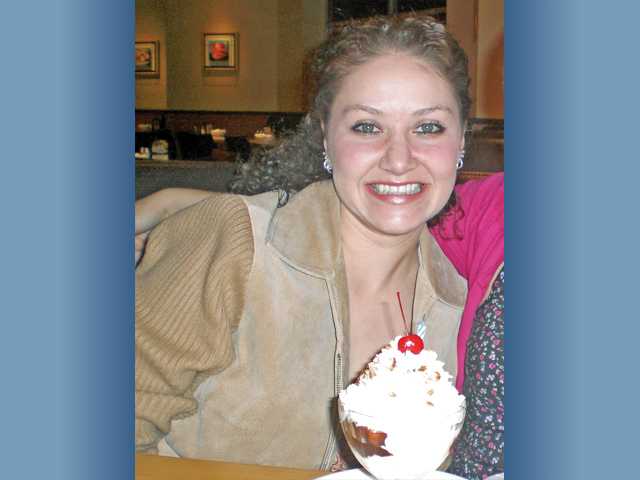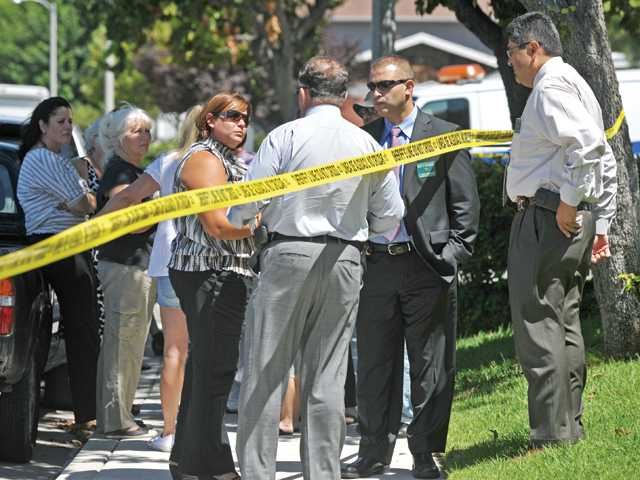ANother excellent article by Gabrielle Glaser exposing the failed systems in place for women with alcohol addiction, and just unsafe 12 step programs like AA really are.
SECRET SHAME
10.24.14
Elizabeth Peña and the Truth About Alcoholic Women
On one hand, the rising drinking among women is a sign of parity. But unfortunately, this is one realm in which identical treatment has disparate outcomes. That is because women are more vulnerable than men to the toxic effects of alcohol: their bodies have more fat, and less water, than men’s. Fat retains alcohol, and water dilutes it, so women drinking the same amount as men who are evenly matched in size and weight become drunk more quickly, and stay intoxicated longer. Women also make less of an enzyme called alcohol dehydrogenase, which breaks down alcohol before it hits the bloodstream.
This may be why serious alcohol-related deaths and illnesses are on the rise. Peña’s death, it turns out, is part of a dismaying trend: Between 2002 and 2012, the number of U.S. females women who died from cirrhosis rose 13 percent. (Among men, the rate for that same period rose 7 percent.) Between 1999 and 2008, the number of severely intoxicated young women who wound up in E.R.s rose by 52 percent. From 1992 and 2007, the number of middle-aged women who checked into rehab nearly tripled.
Between 2002 and 2012, the number of U.S. females women who died from cirrhosis rose 13 percent.
We don’t know whether Peña, known for her roles in “Modern Family,” “La Bamba,” and “Down and Out in Beverly Hills,” sought help for her alcohol use. But if she did, it’s likely she was treated with one of a myriad 12-step programs derived from the principles of Alcoholics Anonymous. The program, developed in the 1930s, demands that it members abstain from drinking, cede their egos, and accept their “powerlessness” over alcohol.
And that’s a problem.
My research showed that the majority people do not get better—or worse, are harmed through what often amounts to unsupervised group therapy. Anonymity rules help obscure people with criminal records, and many new members, especially women, report being the targets of unwanted sexual advances. A.A. members euphemistically call this “the 13th Step.” After my book appeared, dozens of women wrote to tell me what one study already showed, that a majority are harassed. Many are groped and some are raped. Some are even murdered. In 2011, Karla Brada Mendez was strangled to death by Eric Allen Earle, a man she met at a 12-step meeting. (He was convicted last month.) Unlike Brada Mendez, Earle, who had a violent past, was not attending A.A. voluntarily. A series of judges and parole officers had ordered him to go as an alternative to jail. Because of anonymity rules, none of Earle’s extremely violent past was made known to other attendees, and Brada Mendez’s family recently filed a civil suit against A.A. for wrongful death.
Monica Richardson, a Los Angeles actress and singer, was a longtime A.A. member who became so disturbed by what she found to be growing cases of violence in the group that she left, and has made a documentary about A.A.’s dangers.
Dozens of women wrote to tell me what one study already showed, that a majority of women in A.A. are harassed, groped, or raped. Some are even murdered.
While it is sadly too late for Ms. Peña, there is hope beyond these dismal facts. A growing number of U.S. practitioners are using what therapists and doctors in Europe have been using to treat alcohol use disorder for decades: evidence-based practice. Some, like Manhattan psychologist Dr. Andrew Tatarsky, embrace harm reduction, which seeks to reduce the negative consequences of alcohol or drug use. Others, such as the Centers for Motivation and Change in Manhattan, employ a variety of tools, such as cognitive behavioral therapy and motivational interviewing, a goal-oriented form of therapy, with their patients. A growing number embrace the use of anti-craving medications long approved by the Food and Drug Administration for the use of alcohol dependence.
And some specialize in treating women, who have different risk factors for excess drinking. Women are twice as likely to suffer from depression and anxiety disorders as men, and they are more likely than men to treat their symptoms withalcohol. Other risk factors include a history of sexual abuse and bulimia, both of which also affect more women than men. Dr. Mary Ellen Barnes, co-director of an alcohol treatment program offering science-based treatments in Rolling Hills Estates, Calif., says A.A.’s message of “powerlessness” is not helpful to most women—and is likely harmful. “Most women are not drinking to excess because they feel ‘powerful’ in the first place,” she says. “Women need to feel powerful, not like victims. If women go to treatment that tells them to embrace being powerless and diseased, how is that going to help?” Barnes uses cognitive behavioral therapy and assertiveness training, a skill she thinks is crucial for women who are problem drinkers.
“Many of the reasons women drink too much have to do with not asking for what they want and need in their personal relationships and the frustrations that come from that,” Barnes says. “When women learn to be assertive, their needs start getting met, they feel happier and more powerful. The reasons for their problem drinking start to go away.”
As a fan of Elizabeth Peña’s performances for decades, it saddens me that her career has been cut short. Almost certainly, it didn’t have to happen.









